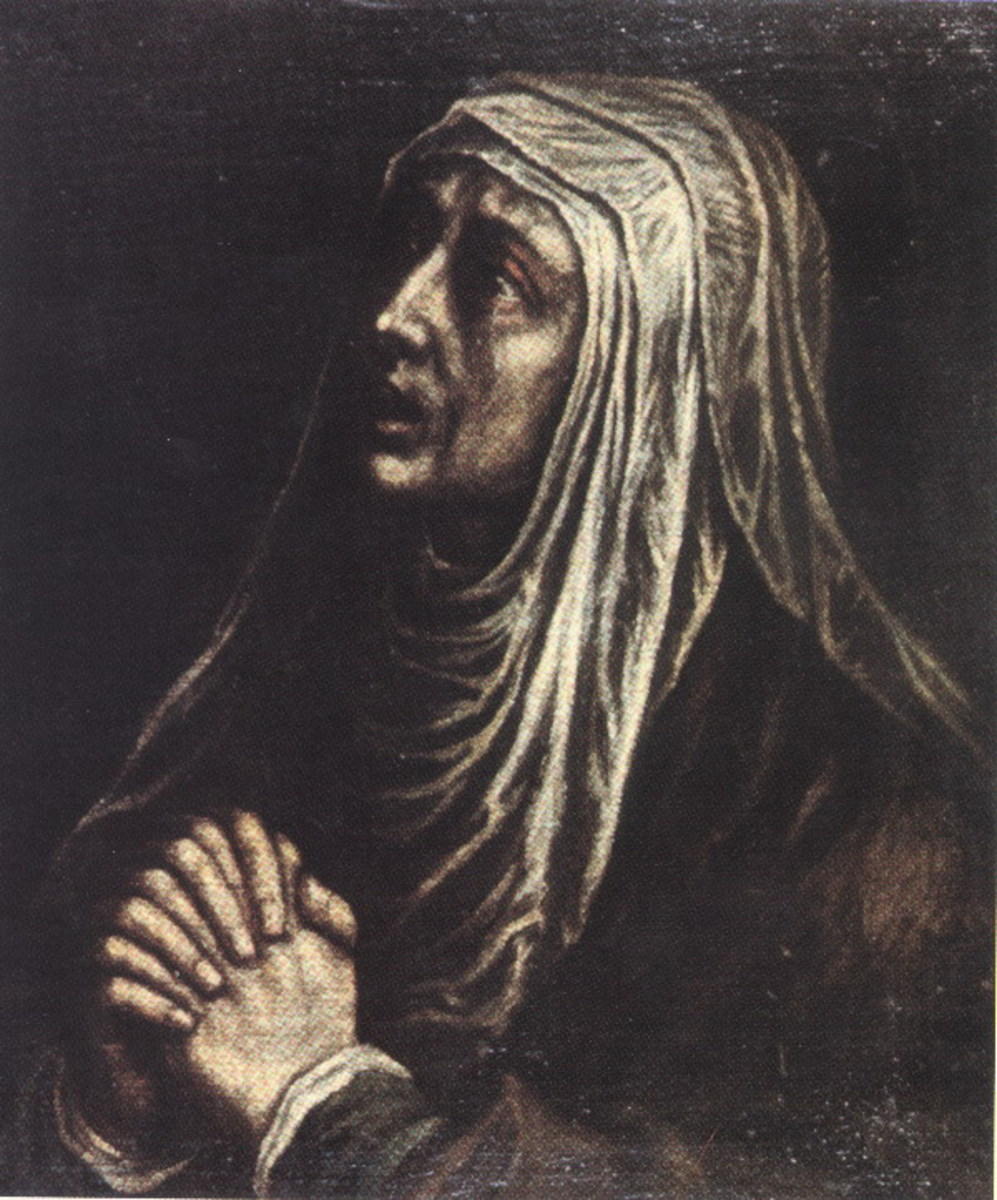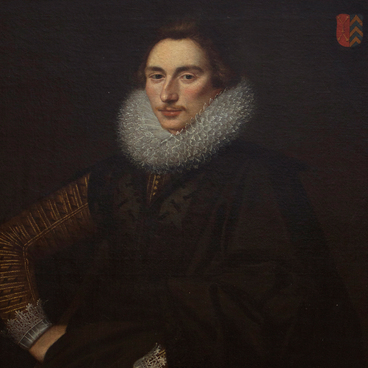The Spanish Renaissance happened at the time of defensive wars with the invaders, so the cultural heyday occurred in Spain later than in Italy and France. The 17th century was the time of the triumph of Spanish art: Cervantes, Lope de Vega, Velazquez, as well as a number of lesser-known but worthy names. One of the artists who belonged to the golden age of Spanish culture was Luis Tristán.
At the age of 17, Luis Tristán de Escamilla became an apprentice of El Greco, whose work would later inspire Pablo Picasso, Eugene Delacroix and Édouard Manet. For three years in the workshop, Tristan learned the special perception of color — the most important and elusive element of painting, according to El Greco. After the death of his teacher, Luis Tristán became the chief artist of the city of Toledo.
Louis Tristán skillfully combined several basic qualities in painting: great attention to likeness, the play of light and shadow in the composition, and the freedom from the usual forms, laws and color schemes.
In the 17th century, the Spanish were deeply religious and did not separate themselves from the church, so biblical stories and images of saints were widely popular. Christianity stirred the interest in the spiritual, inner world, its growth and the path to a righteous life. Luis Tristán’s art also exhibited these characteristics.
“The Madonna in Sorrow” by Louis Tristán is a deeply lifelike picture. We see an unhappy woman. Her facial features, wrinkles, and her eyes that had become red from tears are subtly conveyed. She closed her hands in an expressive tight gesture. The elongated, and even slightly pointed features are characteristic for Tristán’s style.
The picture was created to illustrate a scene from the Gospel: the Virgin Mary standing before the cross of the crucified Christ. This image was common in Spanish art that was based on sensuality and religiosity. The artist did not include the figures of Jesus and the apostles in the picture, his goal was to convey the emotions of the Mother of God and evoke the viewer’s empathy. This work combines a wide range of feelings with the laconic simplicity of the image.
At the age of 17, Luis Tristán de Escamilla became an apprentice of El Greco, whose work would later inspire Pablo Picasso, Eugene Delacroix and Édouard Manet. For three years in the workshop, Tristan learned the special perception of color — the most important and elusive element of painting, according to El Greco. After the death of his teacher, Luis Tristán became the chief artist of the city of Toledo.
Louis Tristán skillfully combined several basic qualities in painting: great attention to likeness, the play of light and shadow in the composition, and the freedom from the usual forms, laws and color schemes.
In the 17th century, the Spanish were deeply religious and did not separate themselves from the church, so biblical stories and images of saints were widely popular. Christianity stirred the interest in the spiritual, inner world, its growth and the path to a righteous life. Luis Tristán’s art also exhibited these characteristics.
“The Madonna in Sorrow” by Louis Tristán is a deeply lifelike picture. We see an unhappy woman. Her facial features, wrinkles, and her eyes that had become red from tears are subtly conveyed. She closed her hands in an expressive tight gesture. The elongated, and even slightly pointed features are characteristic for Tristán’s style.
The picture was created to illustrate a scene from the Gospel: the Virgin Mary standing before the cross of the crucified Christ. This image was common in Spanish art that was based on sensuality and religiosity. The artist did not include the figures of Jesus and the apostles in the picture, his goal was to convey the emotions of the Mother of God and evoke the viewer’s empathy. This work combines a wide range of feelings with the laconic simplicity of the image.


